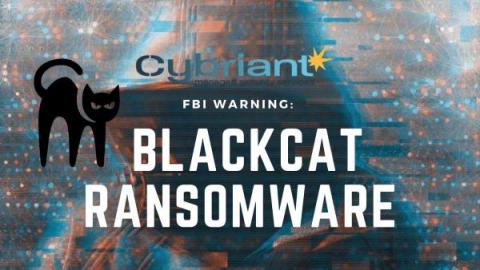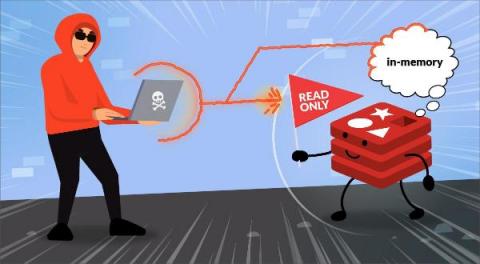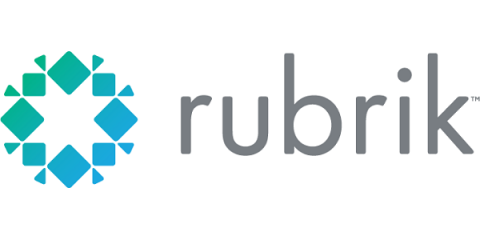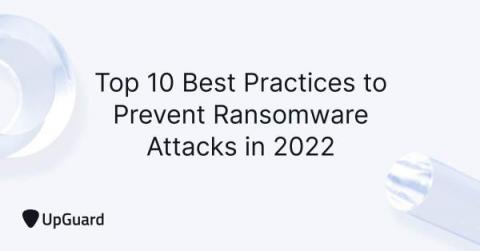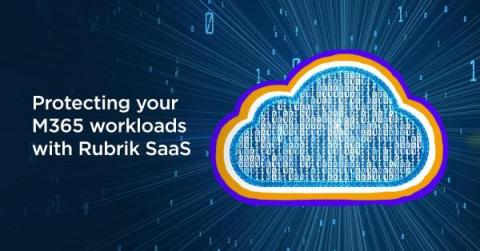BlackCat/ALPHV Ransomware: Cybriant Responds to FBI Warning
The Federal Bureau of Investigation (FBI) recently released a Flash Report regarding BlackCat Ransomware breaches. This ransomware as a service (RaaS) has compromised at least 60 entities worldwide and is the first ransomware group to do so successfully using RUST, considered to be a more secure programming language that offers improved performance and reliable concurrent processing.


